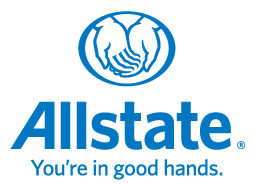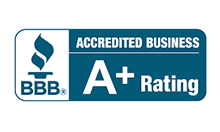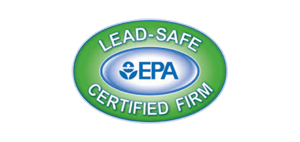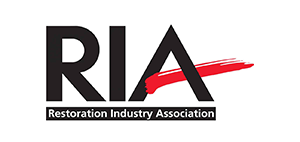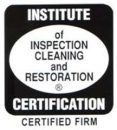Mold Prevention Services
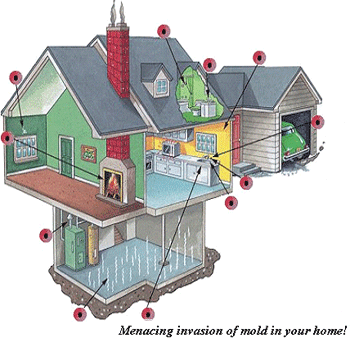
- Periodically check for roof damage, especially after storms
- Examine and maintain gutters and downspouts
- Check flat roofs for pooling of water and solve drainage problems quickly
- Check the HVAC systems for leakage and keep drip pans clean and dry
- Look in Your Basement or Crawlspace for any Moisture
- Prevent Condensation: Venting moisture from appliances to the outside using exhaust fan.
Clean Your Airduct
Airducts are a major source of indoor air pollution. Airborne contaminants are pulled into the air ducts every time heating and cooling system runs. Over time these contaminants build up inside the ductwork, creating and ideal breeding ground for mold, bacteria fungi, and other microbes.
Air ducts systems often become contaminated with mold. Duct systems may be constructed from bare sheet metal, sheet metal with exterior fibrous glass insulation, internal sheet fibrous glass liner, or they may be made entirely of fibrous glass. Bare sheet metal and sheet metal with external fibrous glass insulation can often be cleaned, while ductwork made of sheet metal with an internal fibrous glass liner or made entirely of fibrous glass will usually need to be removed and discarded.
Air ducts systems often become contaminated with mold. Duct systems may be constructed from bare sheet metal, sheet metal with exterior fibrous glass insulation, internal sheet fibrous glass liner, or they may be made entirely of fibrous glass. Bare sheet metal and sheet metal with external fibrous glass insulation can often be cleaned, while ductwork made of sheet metal with an internal fibrous glass liner or made entirely of fibrous glass will usually need to be removed and discarded.
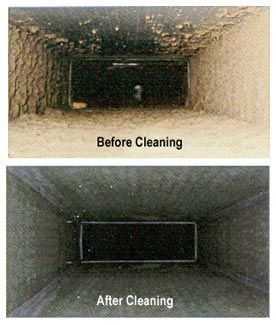

- Provide appropriate drainage
- Inspect crawlspaces for standing water
- Clean out gutters in fall and spring
- Maintain proper grade so that moisture flows away from the building
- If water intrusion is found in your home, call Jimmy Garza to clean up the affected areas as quickly as possible and take immediate steps to resolve the source of the problem
By performing these home maintenance activities on a regular basis, you can avoid mold-related problems.
How do I know if I have mold?
- You can see mold
- You detect a strong musty odor
- Occupants of the dwelling are experiencing the following symptoms:
- Nasal congestion
- Dry cough
- Watery or burning eyes
- Aggravated asthma
- Breathing problems/wheezing
- Respiratory illness
- Nose Bleeds
- Nose Bleeds
- Skin rashes
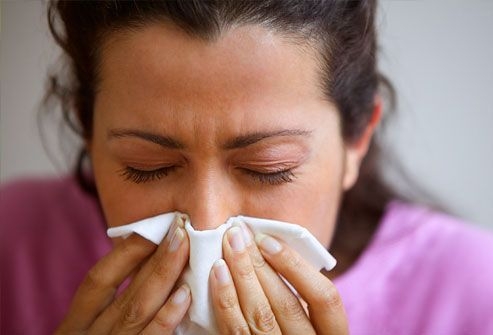
Do not attempt to remove mold on your own, it could make the situation much worse!
Disturbing mold can cross-contaminate your home or business and can increase the risks to persons in the area!





